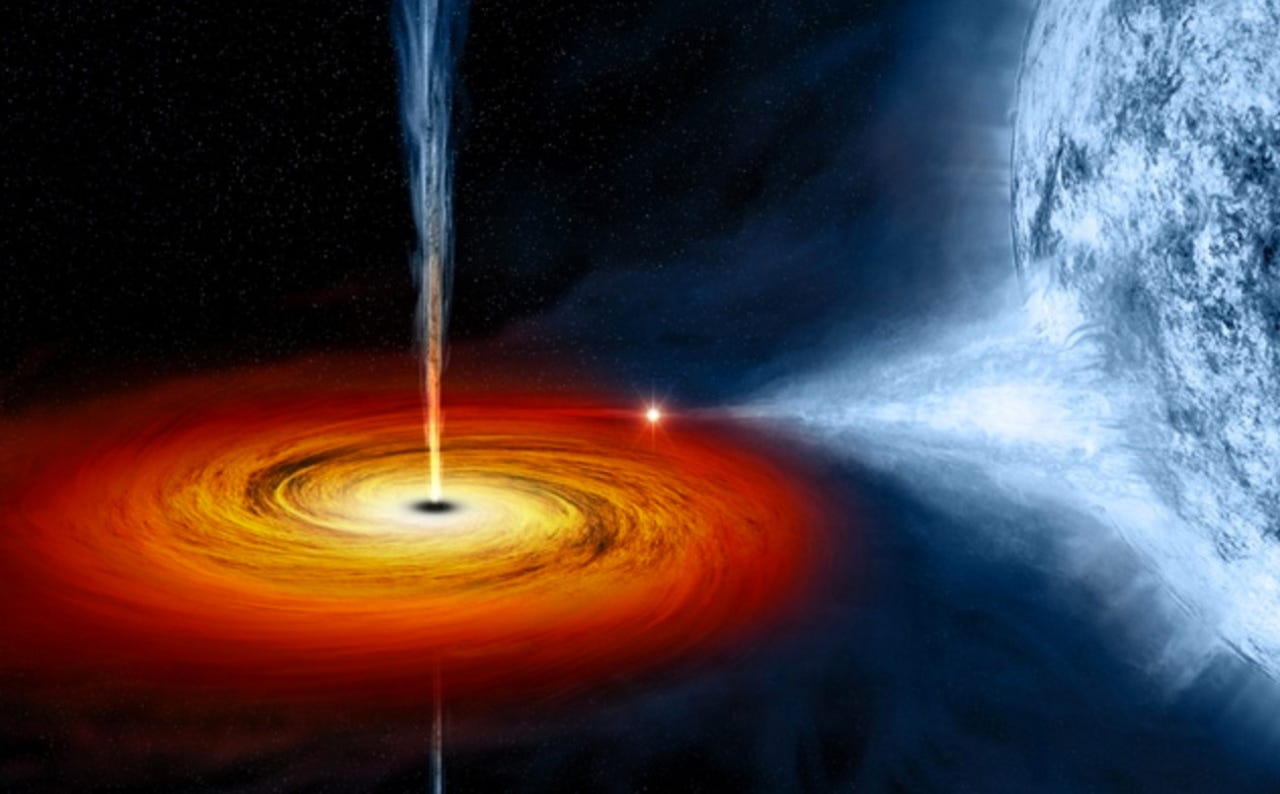Earth to act as the ultimate telescope to take photos of black holes


MIT and Harvard University have launched a new project which hopes to gather all of the telescope data Earth collects to create a true image of a black hole.
On Monday, the Massachusetts Institute of Technology revealed that a new algorithm could be used to produce the first images of a black hole, a region of space where the gravity is so strong even light cannot escape -- and therefore we cannot see them.
Together with Harvard University, MIT's Computer Science and Artificial Intelligence Laboratory are developing a way to stitch together information from all of the radio telescopes operating on Earth. With this knowledge, the scientists will be using Earth as "one large radio dish," which will provide the power and detail required to construct a black hole, which is by design very far away from our system.
The closest black holes to us are several thousand light-years away.
MIT and Harvard's "Event Horizon Telescope" project and the new algorithm will push space studies further than today's telescopes alone can manage. Due to their long wavelengths, radio waves require large antenna dishes -- and while the largest on earth has a diameter of 1,000 feet, it still cannot beat an ordinary backyard telescope when it comes to taking images of objects, such as the moon.
MIT estimates that in order to take a clear image of a black hole, we would otherwise need a radio telescope with a diameter of 10,000km -- which in itself is not possible, considering the diameter of the earth does not even reach 13,000 kilometers.
"Radio wavelengths come with a lot of advantages," says Katie Bouman, leader the development of the new algorithm. "Just like how radio frequencies will go through walls, they pierce through galactic dust. We would never be able to see into the center of our galaxy in visible wavelengths because there's too much stuff in between."
The project will coordinate measurements and images taken by scientists and telescopes at different spots around the world, with six observatories already signed up and more to follow.
However, the telescopes will likely leave large gaps in data as they take their places in approximating a 10,000km antenna -- and that is where the algorithm comes in.
The algorithm, dubbed CHIRP, uses a technique called "interferometry" which combines signals detected by telescopes -- but is able to use additional measurements and equations to cancel out noise, resulting in more detailed and accurate imagery .
The algorithm will be presented at the Computer Vision and Pattern Recognition conference in June.